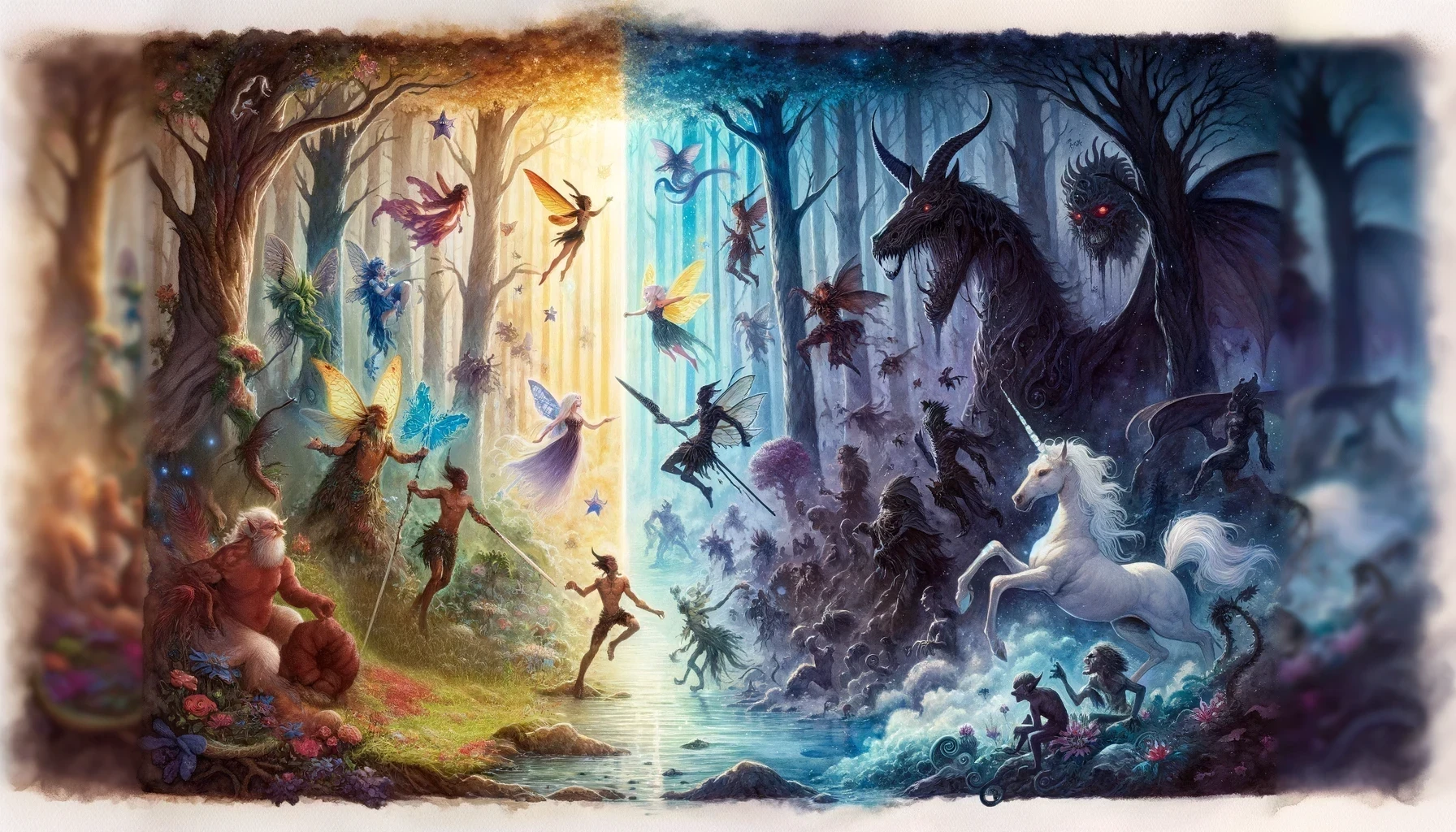top of page

The Clockwork Conspiracy
A busy steampunk cityscape scene



The Clockwork Conspiracy
A busy steampunk cityscape scene
1/4
D&D DC (Difficulty Class)
D&D DC (Difficulty Class)
Difficulty Class (DC): A crucial mechanic in Dungeons & Dragons that sets the benchmark for successfully executing a task, casting a spell, resisting an effect, or overcoming a challenge.
Difficulty Class (DC): This is the numerical threshold that a player must meet or exceed on a d20 roll to succeed at an action or resist a spell or effect. DC is determined by the Dungeon Master (DM) based on the complexity or danger of the task or effect.
d20: The 20-sided die, one of the fundamental dice used in Dungeons & Dragons. It is most commonly used for ability checks, saving throws, and attack rolls, where it's often rolled against a DC.
Ability Check: This is a roll made to determine the success or failure of an action that isn't covered by attack rolls or saving throws, such as persuading a guard, climbing a wall, or recalling a piece of lore. The player must roll a d20 and add relevant modifiers to meet or exceed the DC set by the DM.
Saving Throw: This is a roll made to resist or avoid a spell, trap, poison, disease, or similar threat. Much like an ability check, the player must roll a d20 and add any relevant modifiers to meet or exceed the set DC.
Modifier: A number derived from a character's ability scores (Strength, Dexterity, Constitution, Intelligence, Wisdom, Charisma) or proficiency that is added to a d20 roll to meet or exceed a DC.
Proficiency Bonus: A bonus that represents a character's particular skill or training. It is added to a d20 roll if the character is proficient in the relevant skill or saving throw.
Related Topics
Skill: These are specific applications of an ability score, such as Perception (Wisdom) or Stealth (Dexterity). Skills often play a role in determining the success or failure of an action against a DC.
Spell Save DC: This is a particular type of Difficulty Class for spells that allow a saving throw to resist their effects. It is determined by the caster's spellcasting ability, proficiency, and a base number (typically 8 in D&D 5e).
Relevant Rules and Mechanics
Setting a DC: The Dungeon Master usually sets the DC for an action based on its complexity or danger. A simple task might have a low DC, while a very difficult one might have a high DC. The DC can also be predetermined, as with certain spells or traps.
Making an Ability Check or Saving Throw: Roll a d20, add any relevant modifiers, and compare the total to the DC. If the total equals or exceeds the DC, the check or saving throw is successful.
Adjusting DC: The Dungeon Master has discretion to adjust a DC based on circumstances, such as granting advantage or imposing disadvantage on the roll, or modifying the DC itself.
Understanding Difficulty Class in Depth
In the world of Dungeons & Dragons, challenges abound. Whether you're trying to leap across a chasm, decipher an ancient riddle, or resist a ghastly curse, your success often hinges on the roll of a die against a Difficulty Class.
A DC is a number set by the Dungeon Master. When you attempt a task or need to resist an effect, you roll a d20, add any relevant modifiers (based on your character's skills, abilities, or circumstances), and hope to get a total that meets or exceeds the DC.
A lower DC (like 10 or 15) represents easier tasks, while a high DC (like 20 or 25) signifies tasks that require a great deal of skill, luck, or both. Similarly, when a spellcaster hurls a fireball at your party, you might need to make a Dexterity saving throw against the caster's Spell Save DC to dodge half of the blazing inferno.
Remember, while the DC and your rolls against it play a critical part in determining success and failure, it's the narrative that brings these numbers to life. A failed roll against a high DC could mean a perilous fall, a diplomatic blunder, or a spell that goes awry, while a successful roll could mean a heroic feat, a persuasive argument, or resisting a powerful enchantment.
Thus, understanding DCs not only helps you navigate the game's mechanics but also enriches the story's drama and suspense, underscoring why D&D is such an enthralling blend of strategy, chance, and storytelling.
bottom of page




